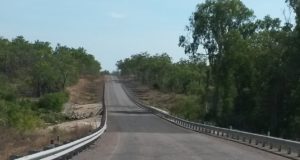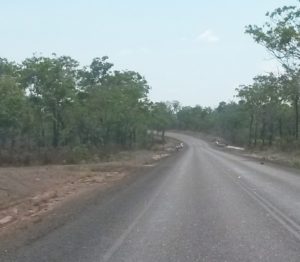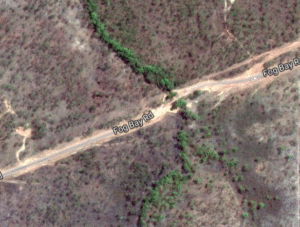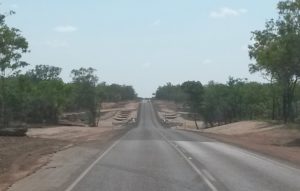Bynoe, Northern Territory to get better mobile coverage
Update: April 2018. The mobile tower on Hardcastle Road is complete and working!
Mobile phone coverage in the Bynoe Harbour and Finniss River area has been a significant issue for people living, working, holidaying and travelling in this part of the country for considerable time. In some locations reception is only possible using additional equipment such as a car kit, external antenna or repeater kits for rural & regional areas as handheld reception has been non existent. All an added expensive addition. Communication, especially in times of emergencies has and will have an impact on outcome.
The Australian Government has committed more than $200M to the Mobile Black Spot Program to improve mobile coverage along major regional transport routes and in small rural communities.
On 1 December 2016, the Australian Government announced that round 2 of the program will deliver 266 new or upgraded mobile base stations across the country with construction of base stations under round 2 of the program expected to commence in 2017/18.
The good news is Bynoe in the Northern Territory has been funded to receive a Telstra macrocell. Better life, better travel, better holidays, better all round!
The map below indicates this tower is to be built at the corner of Fog Bay Road and Hardcastle Road.






